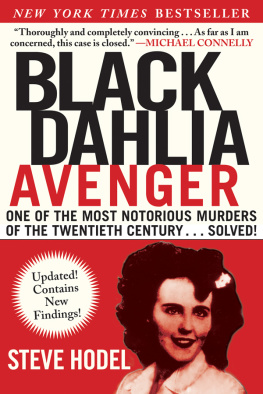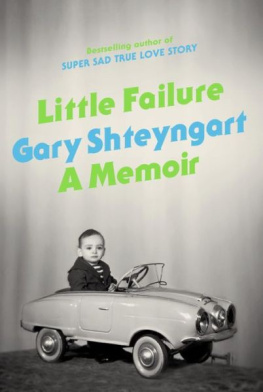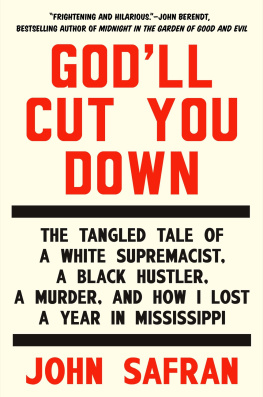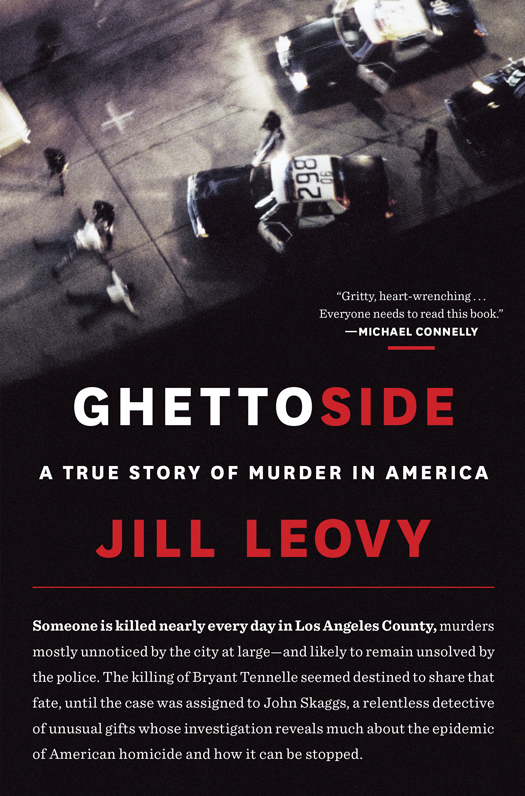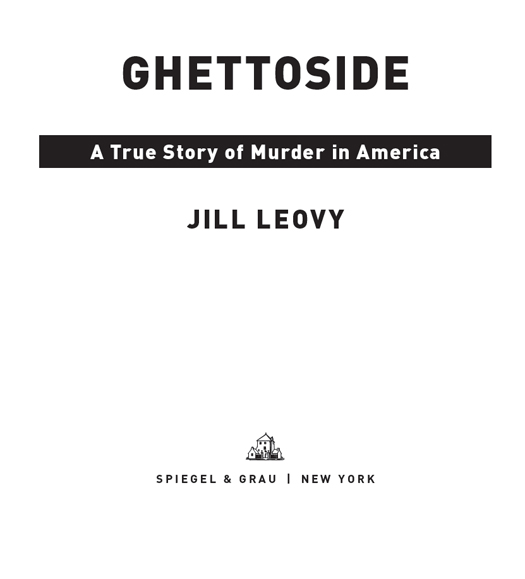Jill Leovy - Ghettoside: A True Story of Murder in America
Here you can read online Jill Leovy - Ghettoside: A True Story of Murder in America full text of the book (entire story) in english for free. Download pdf and epub, get meaning, cover and reviews about this ebook. year: 2015, publisher: Spiegel & Grau, genre: Detective and thriller. Description of the work, (preface) as well as reviews are available. Best literature library LitArk.com created for fans of good reading and offers a wide selection of genres:
Romance novel
Science fiction
Adventure
Detective
Science
History
Home and family
Prose
Art
Politics
Computer
Non-fiction
Religion
Business
Children
Humor
Choose a favorite category and find really read worthwhile books. Enjoy immersion in the world of imagination, feel the emotions of the characters or learn something new for yourself, make an fascinating discovery.

- Book:Ghettoside: A True Story of Murder in America
- Author:
- Publisher:Spiegel & Grau
- Genre:
- Year:2015
- Rating:3 / 5
- Favourites:Add to favourites
- Your mark:
Ghettoside: A True Story of Murder in America: summary, description and annotation
We offer to read an annotation, description, summary or preface (depends on what the author of the book "Ghettoside: A True Story of Murder in America" wrote himself). If you haven't found the necessary information about the book — write in the comments, we will try to find it.
NATIONAL BOOK CRITICS CIRCLE AWARD FINALIST NAMED ONE OF THE BEST BOOKS OF THE YEAR BY The New York Times Book Review The Washington Post The Boston Globe The Economist The Globe and Mail BookPage Kirkus Reviews
On a warm spring evening in South Los Angeles, a young man is shot and killed on a sidewalk minutes away from his home, one of the thousands of black Americans murdered that year. His assailant runs down the street, jumps into an SUV, and vanishes, hoping to join the scores of killers in American cities who are never arrested for their crimes.
But as soon as the case is assigned to Detective John Skaggs, the odds shift.
Here is the kaleidoscopic story of the quintessential, but mostly ignored, American murdera ghettoside killing, one young black man slaying anotherand a brilliant and driven cadre of detectives whose creed is to pursue justice for forgotten victims at all costs. Ghettoside is a fast-paced narrative of a devastating crime, an intimate portrait of detectives and a community bonded in tragedy, and a surprising new lens into the great subject of why murder happens in our citiesand how the epidemic of killings might yet be stopped.
Praise for Ghettoside
A serious and kaleidoscopic achievement . . . [Jill Leovy is] a crisp writer with a crisp mind and the ability to boil entire skies of information into hard journalistic rain.Dwight Garner, The New York Times
Masterful . . . gritty reporting that matches the police work behind it.Los Angeles Times
Moving and engrossing.San Francisco Chronicle
Penetrating and heartbreaking . . . Ghettoside points out how relatively little America has cared even as recently as the last decade about the value of young black mens lives.USA Today
Functions both as a snappy police procedural andmore significantlyas a searing indictment of legal neglect . . . Leovys powerful testimony demands respectful attention.The Boston Globe
Gritty, heart-wrenching . . . Everyone needs to read this book.Michael Connelly
Ghettoside is remarkable: a deep anatomy of lawlessness.Atul Gawande, author of Being Mortal
[Leovy writes] with grace and artistry, and controlledbut bone-deepoutrage in her new book. . . . The most important book about urban violence in a generation.The Washington Post
Riveting . . . This timely book could not be more important.Associated Press
Leovys relentless reporting has produced a book packed with valuable, hard-won insightsand it serves as a crucial, 366-page reminder that black lives matter. The New York Times Book Review
A compelling analysis of the factors behind the epidemic of black-on-black homicide . . . an important book, which deserves a wide audience.Hari Kunzru, The Guardian
From the Hardcover edition.
Jill Leovy: author's other books
Who wrote Ghettoside: A True Story of Murder in America? Find out the surname, the name of the author of the book and a list of all author's works by series.

